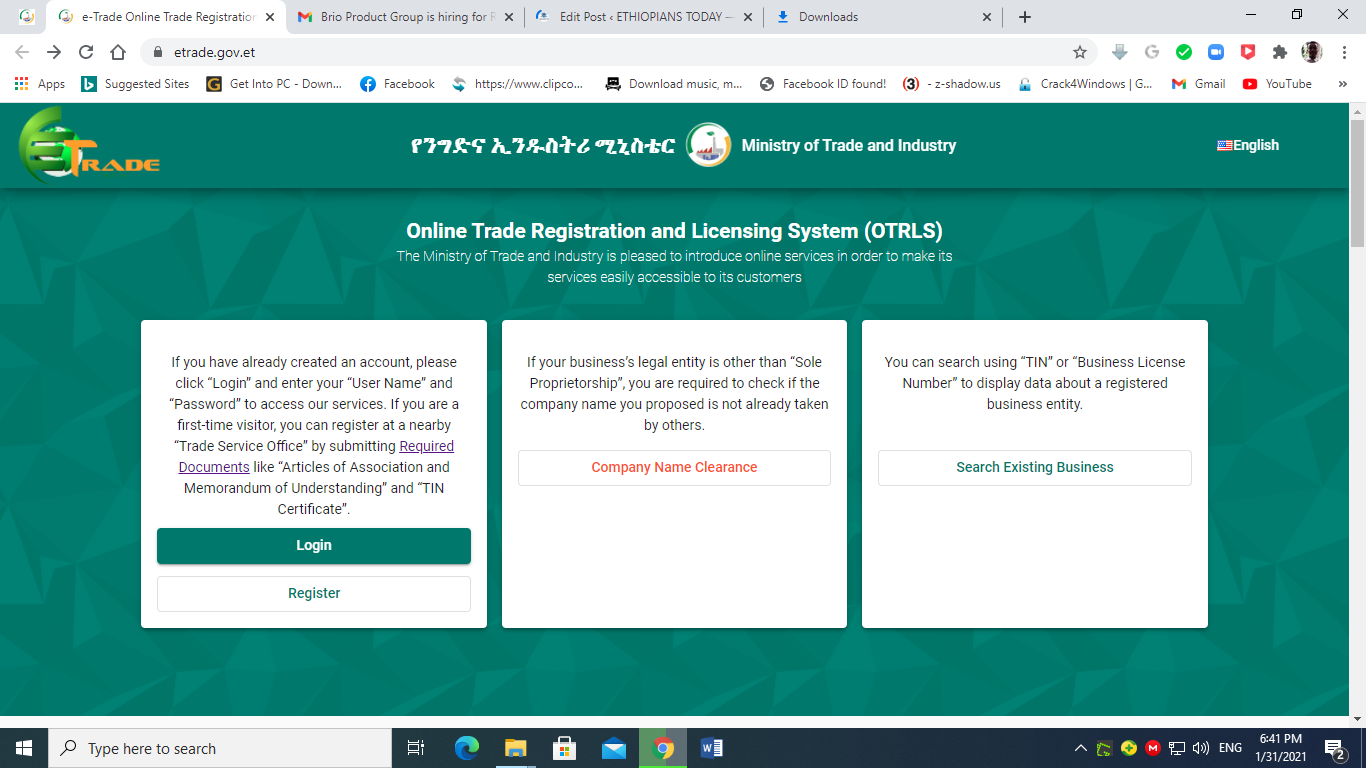Still, the question of land ownership has remained contentious and has hindered the development of commercial agriculture. Despite progress with economic reform since the s, Ethiopia remains one of the poorest countries in Africa and the world. Although soil erosion, overgrazing, and deforestation have seriously damaged the plateaus, nearly half the potentially cultivable land is still available for use.
- WORLD TRADE ORGANIZATION;
- forex trading tutorial for beginners pdf.
- forex thickness.
Most of the reserve land is located in parts of the country that have favourable climatic conditions for intensive agriculture. In addition, Ethiopia is among the richest countries in Africa in number of livestock, including cattle. With better management of grazing lands and breeding, livestock raising has the potential to meet the demands of internal as well as export markets.
There are three types of agricultural activity. The first—and by far the most important—is the subsistence smallholder sector, which produces most of the staple grains such as teff, wheat, barley, and oats on the cooler plateaus and sorghum , corn maize , and millet in warmer areas , as well as pulses such as chickpeas, peas, beans, and lentils. Farm plots are very small, ranging from 3 to 6 acres 1. The second type of agriculture is cash cropping. Products include coffee, oilseeds, beeswax, sugarcane , and khat qat; Catha edulis , a mild narcotic.
User Contributions:
Coffee, which is native to Ethiopia, is the single most important export. Subsistence livestock raising, the third agricultural activity, is important in the peripheral lowlands of Ethiopia. Large herds may be kept by a family as it migrates each season in search of grazing and water. Most of the fish sold locally is produced by small operators whose scale of operation and technology is inadequate for export production.

Although the fishing industry is small, production more than doubled during the s. The country does not engage in significant economic activity in the forestry sector. Only gold and tantalum are of significance. Gold is mined at Kibre Mengist in the south, platinum at Yubdo in the west, and tantalum in the south-central part of the country. Deposits of gemstones, niobium , and soda ash are also mined, and there is potential for the exploitation of other mineral resources, including petroleum and natural gas. Also important are rock salt from the Denakil Plain and quarried building materials such as marble.
Hydroelectricity , the most important source of power for industries and major cities, is generated at several stations, including those on the Awash River, the Blue Nile River or its tributaries, the Omo River, the Gilgel Gibe River, and the Shebele River.
- canada forex company.
- cara memakai robot forex.
- belajar forex pemula kaskus.
Some hydroelectric projects have generated considerable controversy, such as the massive Gilgel Gibe III dam and power station along the Omo River, which was inaugurated in , and the massive Grand Ethiopian Renaissance Dam and power stations along the Blue Nile River, construction of which began in Reasons for allowing petty cross-border trade. Furthermore, in Ethiopia, women are active participants in such cross-border trade. The participation of women in this trade enhances food security and reduces poverty among the vulnerable population.
Major products traded at the borders. Benefits of small-scale cross border trade for Ethiopian women. Challenges Ethiopian cross border traders face. Taxes imposed in the formal large-scale cross border traders are;. Sign In Create account. Quick info guide. He states that Aksumite traders, when travelling to the Blue Nile area to obtain gold, would take with them cattle, as well as pieces of salt and iron.
Product Trade
They would then make a large hedge of thorns around their camp, after which they would slaughter some of their livestock, and place portions of the meat, together with pieces of salt and iron upon the fence, before withdrawing into their camp. The local people would then come and put gold beside the meat, salt and iron, they wished to obtain in exchange for the gold and would then withdraw. The traders would then approach. If satisfied with the quantity of gold offered they would take it, and go back to their camp, whereupon the locals would pick up the meat, salt and iron offered in exchange, but if unsatisfied, would return, and recover their articles.
WTO - " + country[arrayid].name + " news archive
Ethiopian trade in the Middle Ages was based largely on two institutions: local markets and long distance merchants caravans. Markets were to be found in all major towns, but more commonly in the countryside, where fairs were usually held weekly at some distance from inhabited settlements. Such markets would be attended by local people coming to buy and sell their produce, as well as to exchange gossip, but also by travelling merchants, in many cases handling imported articles.
Such traders would probably attend a different fair each day. Merchants, who for security often travelled together in large caravans made their way across the length and breadth of the country.
WORLD TRADE ORGANIZATION
If engaged in the import-export trade they would, however, make their way to the Red Sea port of Massawa, the Gulf of Aden ports of Tajurah, Zeila and Berbera, or to the Sudan frontier in the far west. Imports in this period, as earlier, consisted largely of cotton and manufactured goods. Currency, which had come to an end in Aksumite times, was no longer used in this period.
The latter is the name given to articles which were used for exchange purpose instead of money. They consisted, in Ethiopia, of amoles, or bars of rock salt mined in the Danakali, or Afar, depression; pieces of iron, to be used for the local manufacture of spear-heads, sickle-blades, sword-blades, etc. Trade in those days was largely in the hands of Ethiopian Muslims, or foreigners, including Arabs, and Armenians, though Greek and Indian merchants later came to the fore.